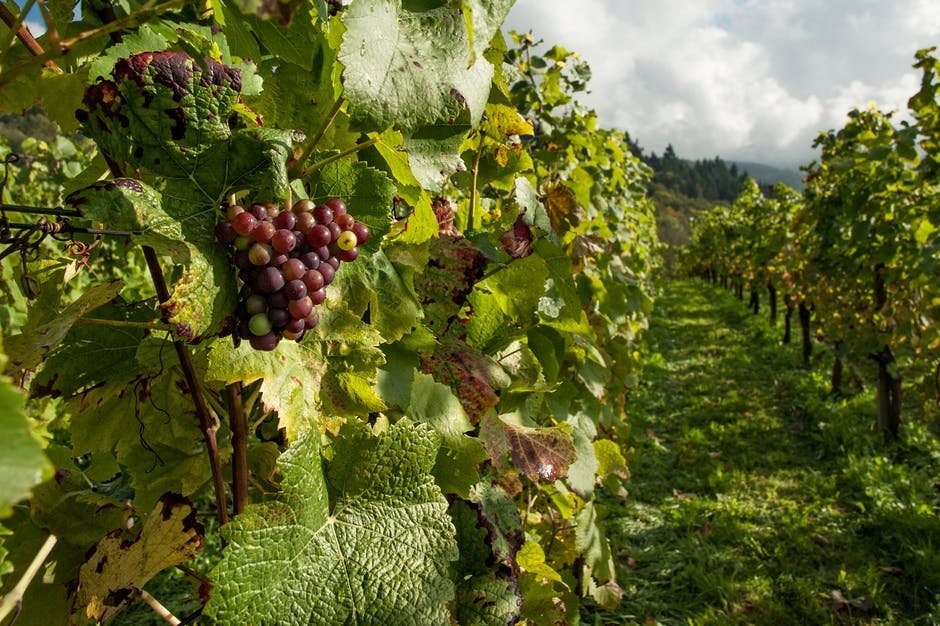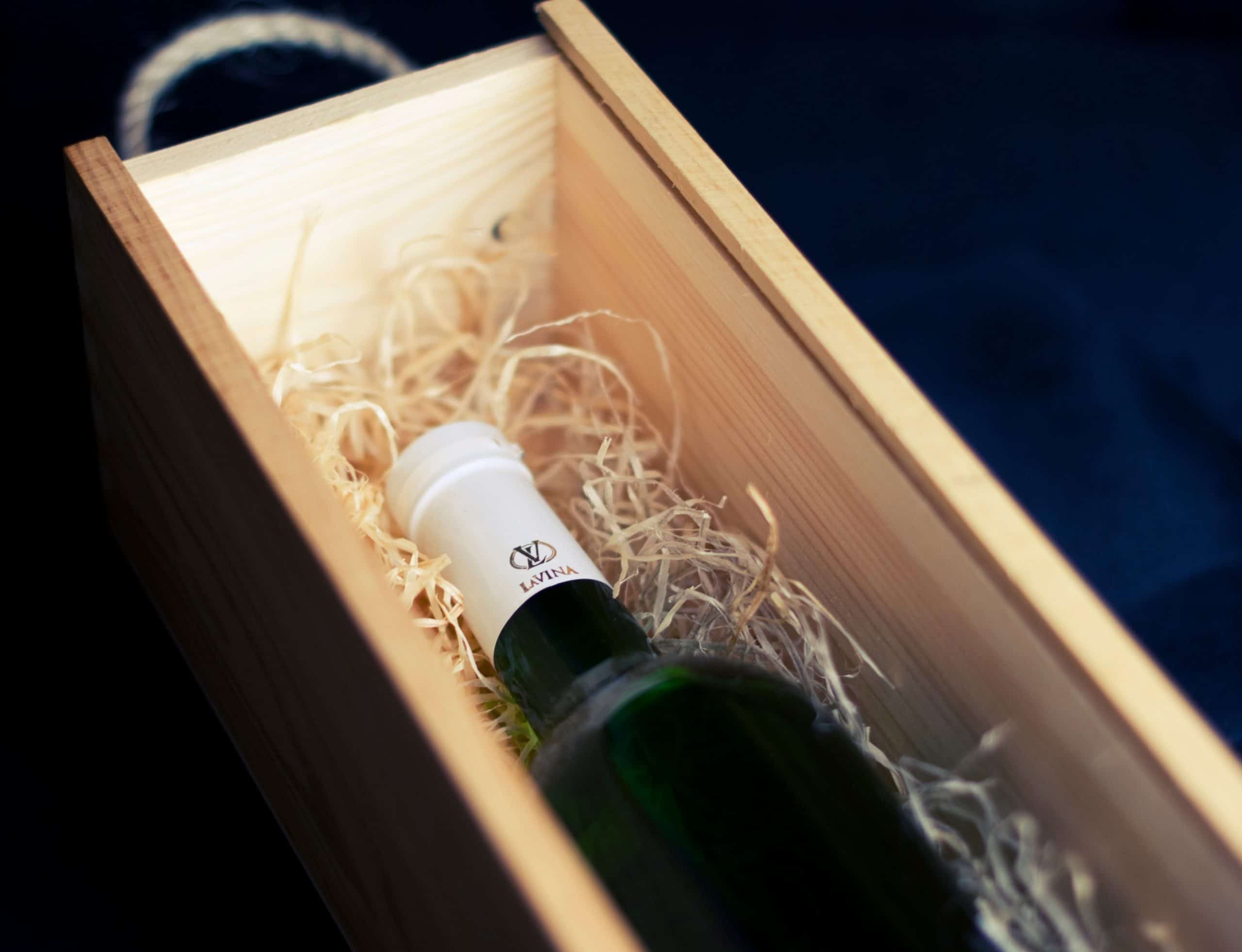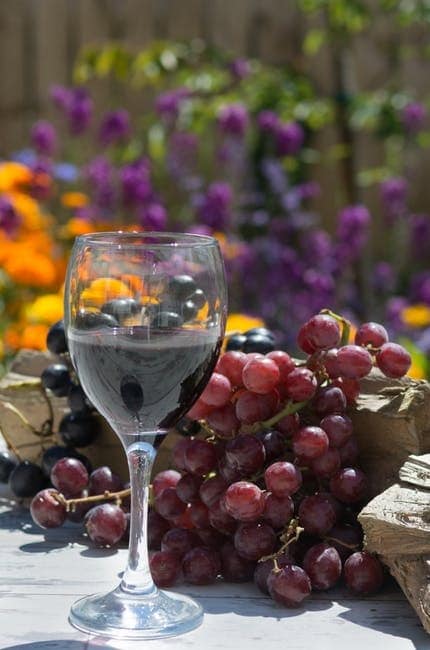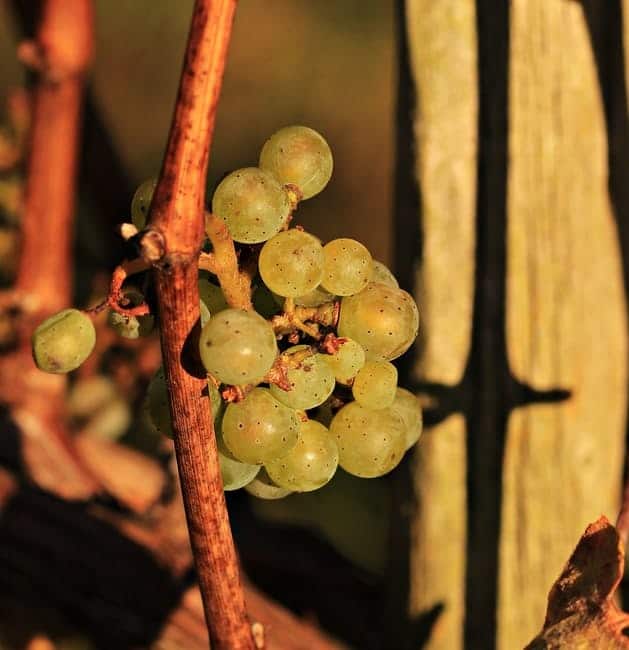
Be a Smart Wine Collector – Know the Basics About the Bottles in Your Residential Cellar

Before you go into expert level discussions about wine, it would be wise to up your game at the novice’s stage. Gather basic knowledge first. As Maria from The Sound of Music would sing it, “Let’s start at the very beginning. A very good place to start…”
How Were the Wines in Your Home Custom Cellar Made?

Once these grapes have reached maturity, they are harvested, placed in containers, and crushed. Then, yeasts – either artificially added by the winemaker or naturally gathered from the grape skins – begin to interact with the sugar in the grape juice. This interaction, which is also known as fermentation, will ultimately produce alcohol.

 Two Varieties of Grapes
Two Varieties of Grapes
Grapes can be divided into two varietals: white and black.
White grapes aren’t literally white. They’re basically the lighter skinned variety. They can be green, yellow-green, or light orange. Black grapes, on the other hand, are the darker types. They’re never literally black, but instead are either red, blue, or violet.

The Six Types of Wine That You Should Have in Your Residential Cellar
You might be the type who wants to have ten bottles of one kind of wine, but doesn’t this lack of assortment become boring after a while? Make your collection more interesting by adding a bottle from each kind of wine variety! Not only will it increase the variety in your residential cellar, but it’ll also help you explore the different flavors. In the long run, you’ll find that there are more wines that will appeal to your taste buds than you think!
The six categories of wines are:
 1. White Wine
1. White Wine
This type of wine contains little to no red pigmentation. More often than not, white wines are made from white grapes only. There are certain instances where winemakers could make white wine from black grapes, and that is if they exclude the skins.
The most popular white wines include Riesling, Sauvignon Blanc, Pinot Grigio, and Chardonnay.
2. Red Wine
Black grapes, as discussed above, have colorless pulps. They produce red wine when the grape skins are included in the fermentation process. Besides the difference in color, red wines have higher tannin content than white wines.

3. Rosé Wine
Also known as pink or blush wines, rosé wines are called such because of their pink color. This kind of wine is made from black grape juice. They don’t completely become red because the grape skins are removed hours after being in contact with the juice.
If you’re planning to add a few rosé wines to your residential cellar, you might want to consider White Merlot and White Zinfandel.
4. Sparkling Wine
This variety can be made from either white or black grapes. What makes them standout is their carbon dioxide bubbles. Winemakers have developed a method to effectively trap naturally occurring carbon dioxide in the wine, in order to make sparkling wine.
The most well-known sparkling wines are Champagne, Prosecco, Moscato d’Asti, and Cava.
 5. Dessert Wines
5. Dessert Wines
This kind of wine is enjoyed as dessert because of its high sugar content. There are various ways to make dessert wines, including harvesting grapes a little later in the season when their sugar levels are higher than normal. Some wine makers, like those who produce the Italian Vin Santo, would dry the grapes on straw mats first to concentrate their sugars before they are made into wine.
6. Fortified Wines
Fortified wines are those that have had Brandy or other kinds of spirits added when they were fermented. Some popular fortified wines include Port and Sherry.









